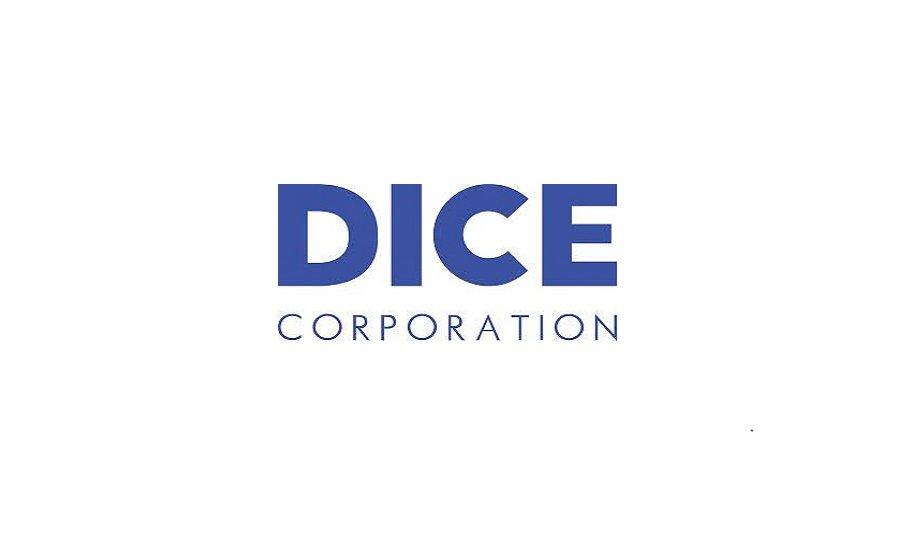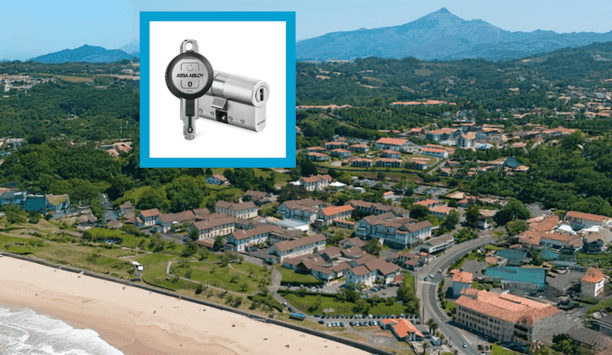DICE Corporation announces the transition of its second UL 827A data center to an active-active state for signal processing in the security industry recently.
Both DICE active-active data centers are located in the United States and are separated geographically to meet life safety UL standards. For additional redundancy, the data centers are powered by two different electrical power companies in addition to generators, battery backup, and other power technologies.
Difference between both data centers
Multiple ISP feeds from various carrier groups, including DICE’s sister company IPtelX, are also connected to the sites. The key difference between active-active and active-passive data centers is in their function.
DICE has control over the carrier switches and software, actively controlling the flow of signals to each center
Active-active centers, in this case, mean that signals are sent to both data centers actively and both centers process the data. In an active-passive setup, the backup data center only receives the signal in case of failure at the primary site.
Before moving to an active-active state, DICE operated its second data center as a passive center to back up its main center. Because of the IPtelX partnership, DICE has control over the carrier switches and software, actively controlling the flow of signals to each center.
Active back up possible
“One of the biggest advantages of this achievement is that it allows us to actively run our backup equipment, rather than in reaction to a possible center failure,” says DICE Corporation President and CEO Cliff Dice.
“Load balancing alarm signals across multiple centers is very difficult for any provider in the alarm industry. Most alarm companies have issues moving signals from center to center. However, because our sister company is a carrier, we have made changes in the telecom infrastructure to accomplish this between our UL data centers.”
From facial recognition to LiDAR, explore the innovations redefining gaming surveillance


























